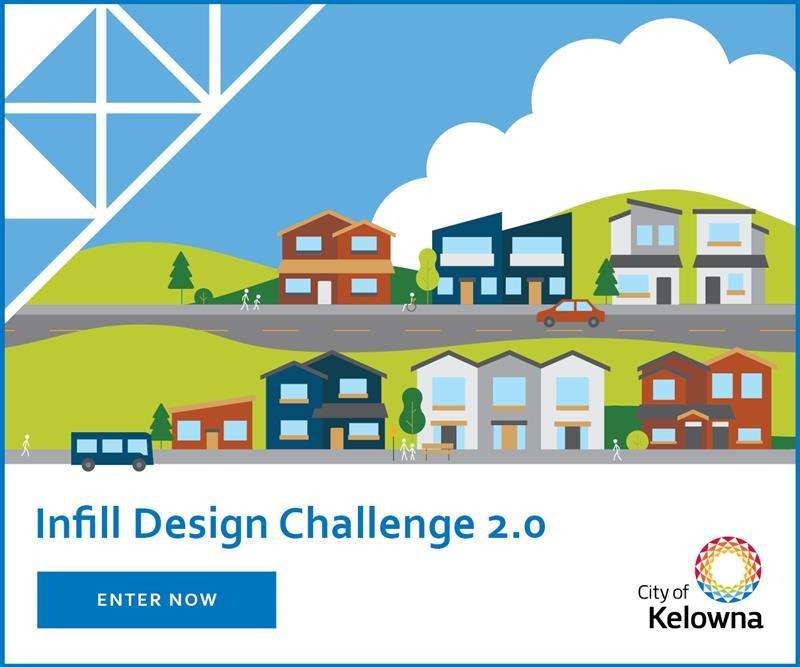Call for Submissions: The Urban Rhetoric_ Issue 6_ Effective Urbanism
Architecture Competition: Call for Submissions: The Urban Rhetoric_ Issue 6_ Effective Urbanism
“ A good city is like a good party. People stay longer than really necessary because they are enjoying themselves” -Jan Gehl
Public spaces are important and indispensable assets of our cities. They fill the urban gaps with activity, life, and celebration; sculpting the city’s identity. They are the aggregator of people, places of encounter and exchange. The function and design of various urban typologies in the public realm, represent the technology of its time, culture, and values of the people, as well as the democratic ideals of the government.
Our perception and experience of the city is changing and this change is subject to variables like inventions in science and technology transformation of societal norms, and progress in human thought, Even amid this change, the relevance of public space remains constant. There are certain qualities of urban spaces which shape our daily experience of the place, hence defining the experience of the city. The potential of enjoying and connecting with the public realm lies in nuances of design, function, accessibility, and symbolism of the place. Few of the many qualities that contribute towards versatile and timeless public typologies are-
1. Approach and accessibility- The use of space in the urban fabric is governed by its accessibility for people of all genders, age groups, and disabilities. People tend to feel comfortable and happy in spaces that are welcoming and safe.
2. The comfort of the space- Public spaces are pivotal in facilitating human connections, where people make new friends, catch up with the old ones, enjoy festivals, engage in public art, or seek respite during a long commute. Comfortable public spaces are the ones that are easy to use, enrich human interaction, weaving an intricate connection between people and place, developing a sense of belongingness to the space.
3. Function of the space- Certain urban typologies like bus stops, parks, gas stations are indispensable as they contribute towards the functioning of the city. They provide necessary facilities which help the city to thrive, sustain and grow. Such vital spaces manifest at various scales ranging from furniture at the promenades to parks for the children and elderly.
4. Symbolism and meaning- The city accumulates layers of socio-cultural and religious connotations through time. Urban typologies often manifest such intangible societal notions and values through its form and symbolism. Such structures/monuments stand as important landmarks adding meaning and texture to the urban.
5. Historical importance- The city stands as a witness to the glorious victories of its past rulers, and also bears the scars of the bloodshed lost battles. Certain historic structures or neighborhoods are dilapidated and become obsolete, whereas some are preserved and restored. However, each of them tells a story, reminding people of their historical past and keeping them rooted.
TUR Issue 6 aims to explore such versatile and timeless urban typologies, irrespective of their scale, location, function, or time. The intent behind this publication is to demonstrate the power of architecture and design to shape cities, enrich human connections, unite people and represent the epochs of technology and time. Such narratives are an attempt to pause to reflect upon the current dynamics of urban structure and also retrospect to explore the desired qualities of inclusive and happy cities.
The Urban Rhetoric invites artists, designers, architects, urban designers, and planners to send their article artwork/illustration/photo essay resonating with the theme of this issue.
Publication Fee-
Articles: INR 1500/-
Photographs/ Illustrations/ Artpieces/ Sketches: INR 500/-
(Participation is free, publicaton fee to be paid only after your work is selected)
Submission Deadline-
30 JUNE 2022
Send us your submission at info@theurbanrhetoric.com






